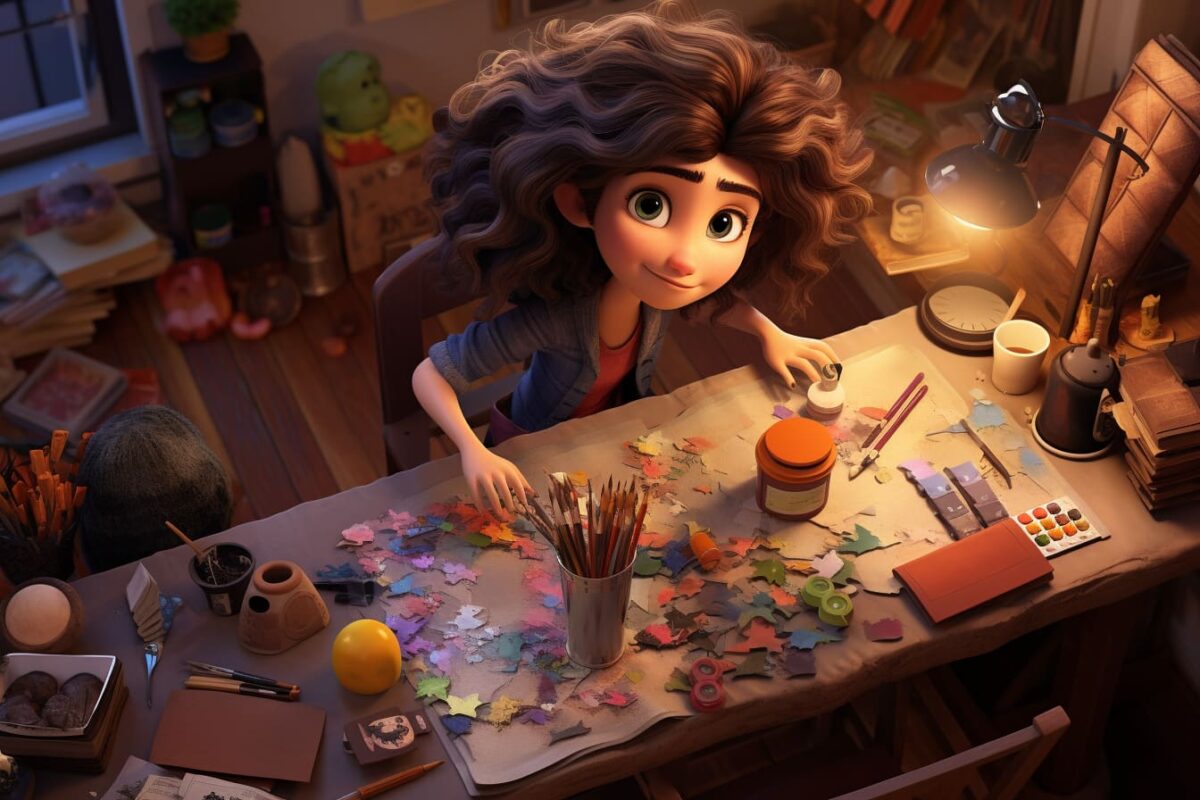In the grand tapestry of human endeavor, the thread of creativity runs vibrant and strong, a river of original thought and invention that has carved through the ages. Yet, in these modern times, where the machinery of life clanks and whirs with relentless urgency, the gentle art of nurturing creativity is often lost amidst the noise. Here, then, are some humble suggestions for those seeking to cultivate their own garden of creative thought.
Understanding the Nature of Creativity
Creativity, much like the mighty Mississippi, is a force both wild and untamed. It flows in mysterious ways, often meandering through the landscape of our minds in unpredictable patterns. To harness this force, one must first understand its nature – a blend of imagination, curiosity, and a dash of daring.
Embrace the Unusual
Creativity thrives in the soil of the unconventional. To think creatively is to look upon the world not as it is, but as it could be. One must be willing to entertain the peculiar, to invite the bizarre to tea, and to consider the impossible as merely shy of being probable.
Curiosity: The Compass of Creativity
Like a riverboat captain navigating uncharted waters, a creative mind must be guided by an insatiable curiosity. Ask questions of everything; why the sky is blue, what whispers the wind carries, how the stars got in the sky. In the pursuit of answers, often one stumbles upon the hidden treasures of original thought.
Cultivating Creative Skills
The cultivation of creativity is not unlike the tending of a garden. It requires patience, care, and a bit of toil.
Read Widely and Wildly
Books are the gateways to other worlds, other minds, other possibilities. To read is to let your mind wander through the meadows of imagination, picking ideas like wildflowers. Read not just what is familiar and comfortable, but what is strange, challenging, and even unsettling.
Write, Then Write Some More
Writing is the forge where the ore of thought is hammered into the steel of expression. Write daily, without aim or purpose other than to let your thoughts flow freely. Write stories, write nonsense, write your dreams – just write.
Observation: The Art of Seeing
To be creative, one must learn to see – truly see, not just look. Observe the world with the keen eye of an artist, the inquisitive gaze of a scientist, and the wonder of a child. In the nuances and subtleties of the everyday, the seeds of creativity often sprout.
Overcoming Creative Blockades
Even the mightiest river sometimes runs dry or meets an insurmountable obstacle. So too does the flow of creativity ebb or encounter blockades.
Step Away to Return Anew
When the well of creativity runs dry, it is often best to step away. Engage in something utterly unrelated to your creative endeavor. In the act of distraction, the mind relaxes, and the blockages often dissolve, like morning mist under the gaze of the sun.
Change Your Scenery
A change of scenery can work wonders for a stagnant mind. A walk in the park, a stroll through a bustling market, a sojourn in a quiet library – new surroundings can jolt the mind out of its rut and into the open fields of creativity.
Seek the Company of Others
Sometimes, the spark of creativity is kindled by the minds of others. Engage in conversation, debate, and dialogue. The exchange of ideas is often the best fertilizer for the creative mind.
Nurturing Creativity as a Way of Life
To live creatively is to live fully, to embrace the wonder and mystery of existence with open arms and an open mind.
Lifelong Learning: The Fuel of Creativity
One must never cease to learn, for a stagnant mind is the deathbed of creativity. Pursue new knowledge, new skills, new experiences. The more one knows, the more one realizes how much remains unknown, and in that realization lies the endless horizon of creative potential.
Practice Mindfulness and Reflection
In the quietude of reflection, the whispers of creativity are often heard. Practice mindfulness, meditate, keep a journal. In the stillness, the scattered thoughts and ideas often coalesce into clarity and vision.
Embrace Failure as a Teacher
In every failed endeavor, there are lessons to be learned, seeds of future success. Do not fear failure, but embrace it as a necessary companion on the journey of creative exploration.
In conclusion, to improve one’s creativity is to embark on a lifelong journey of exploration, both of the world and of oneself. It requires courage, curiosity, and a relentless pursuit of the new and the unknown. In the words of a riverboat captain, “Set your course by the stars, not by the lights of every passing ship.”
